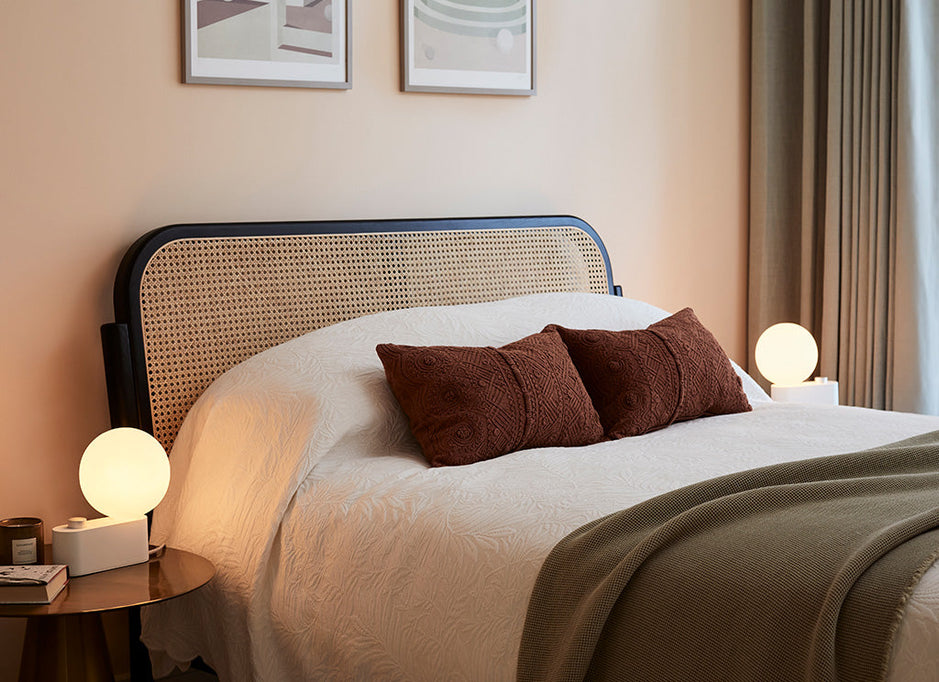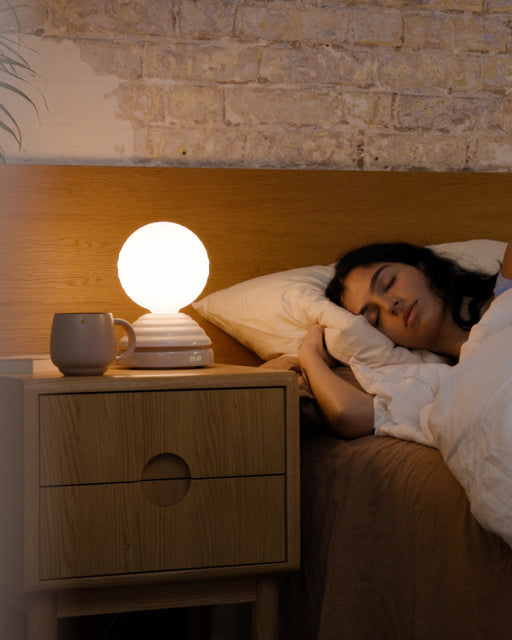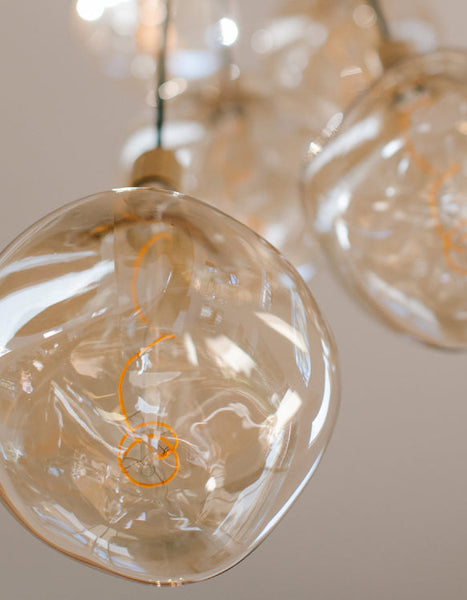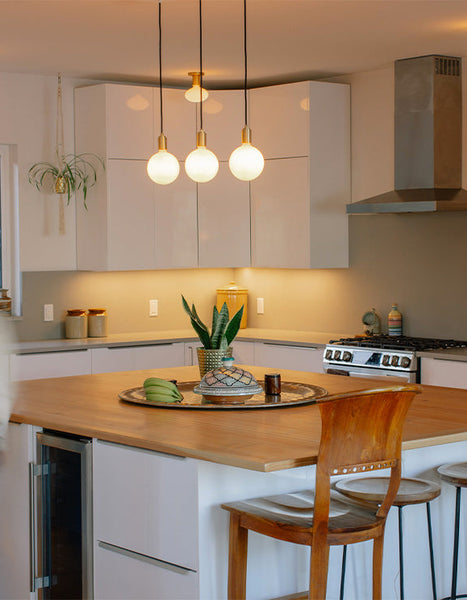How Lighting Can Transform Your Mood and Wellbeing

How Lighting Can Transform Your Mood and Wellbeing
What if we told you that small changes to your daily lighting routine could have a big impact on your mood, energy, and overall wellbeing?
Just like eating your five-a-day or getting enough Vitamin D, tuning into the right types of light throughout your day can make a real difference to your mental and physical health. In this article, we explore how aligning your lighting with your body’s natural rhythms can improve your mood, support better sleep, and help you create healthier, more balanced spaces at home and at work.
Your Body’s Natural Clock: The Circadian Rhythm
Ever notice how you feel more alert at certain times of the day and sluggish at others? That’s your circadian rhythm at work—your body’s internal 24-hour clock that influences when you feel awake, when you feel sleepy, and even when you digest food best.
According to the National Institute of General Medical Sciences, circadian rhythms regulate essential functions like the sleep-wake cycle, hormone release, digestion, and body temperature. When this rhythm is disrupted—whether by irregular sleep, late-night screen time, or the wrong lighting—it can throw your whole system off, making it harder to fall asleep, stay asleep, or feel rested the next day.
Consistency is key to maintaining a healthy body clock, and good lighting habits can help you stay on track.
Understanding Lumens and Kelvins: Lighting Basics
Choosing the right light starts with understanding two simple terms: lumens and kelvins.
Lumens measure brightness. Higher lumens = brighter light, perfect for tasks that need focus.
Kelvins measure colour temperature. Lower kelvins (like 2200K) create warm, cosy light, while higher kelvins (around 2800K and up) produce cooler, more energising tones.
Tala light sources typically range from warm, ambient glows to brighter, functional lights—designed to support your needs throughout the day. With a little knowledge, you can use light to create spaces that are both energising and restful, while also elevating any space.

Start Your Day Bright: Boost Your Morning Mood
Morning light exposure is proven to support better mood and energy levels by boosting serotonin, the “feel-good” hormone. Natural daylight is best, but you can recreate the effect at home using smart lighting or Dim-to-Warm light sources.
The Sphere range from Tala is perfect for this. Try turning on your bedside lamp at its dimmest setting as soon as you wake up, then gradually increase the brightness. This gentle approach helps your body adjust to the day without the jolt of harsh, artificial light.
Tip: Try to avoid blue light from phones, laptops, and TVs first thing in the morning. Let your body ease into the day naturally.
Wind Down With Dimmer Light
As evening approaches, lowering your light levels helps signal to your brain that it’s time to relax. Gradual dimming can help you transition smoothly from work mode to rest mode.
The Loop Table Lamp and other Tala dimmable designs make this easy, creating calm, low-lit environments that promote restful sleep.
Why High-Kelvin Light Can Disrupt Your Sleep
Many modern homes use bright, cool-toned spotlights and downlights with high kelvin ratings. These are great during the day but can negatively impact your body clock at night.
Cool, bluish-white light mimics midday sun. If you’re exposed to this type of light in the evening, it can confuse your body into thinking it’s still daytime, suppressing melatonin (the sleep hormone) and delaying your natural sleep cycle.
Choosing warmer, dimmable light sources in the evening can help support your body’s natural wind-down process.
Quick Tips for Healthier Lighting Habits
1. Check for flicker. Low-quality LEDs can cause invisible flicker that leads to headaches, eye strain, and poor concentration. Use your phone camera to test for flicker and replace as needed.
2. Cut back on blue light. Avoid screens at least 30 minutes before bed and resist checking your phone first thing in the morning. Charge devices outside your bedroom overnight to remove temptation.
3. Prioritise daylight. Get plenty of natural light during the day to boost your mood, support your body clock, and improve sleep quality.
In Summary
The right lighting can work with your natural rhythms to help you feel more energised, more balanced, and more rested.
Small changes in your lighting choices can set you on the path to better sleep, brighter mornings, and a healthier you.




